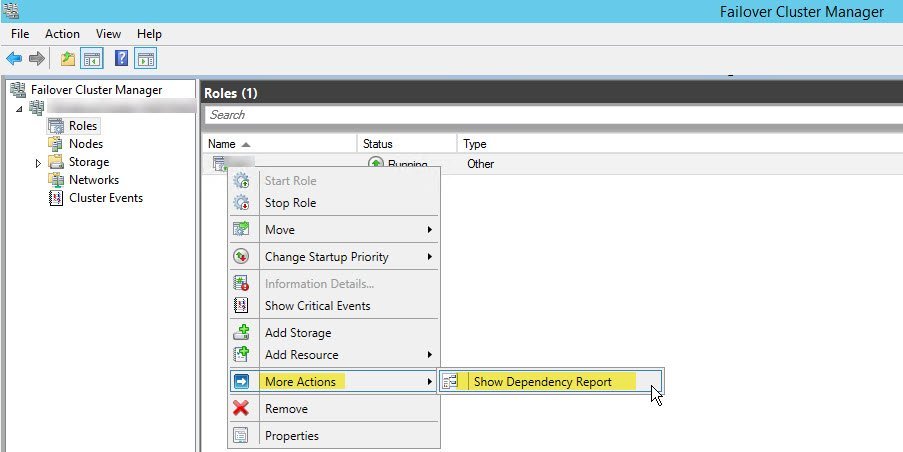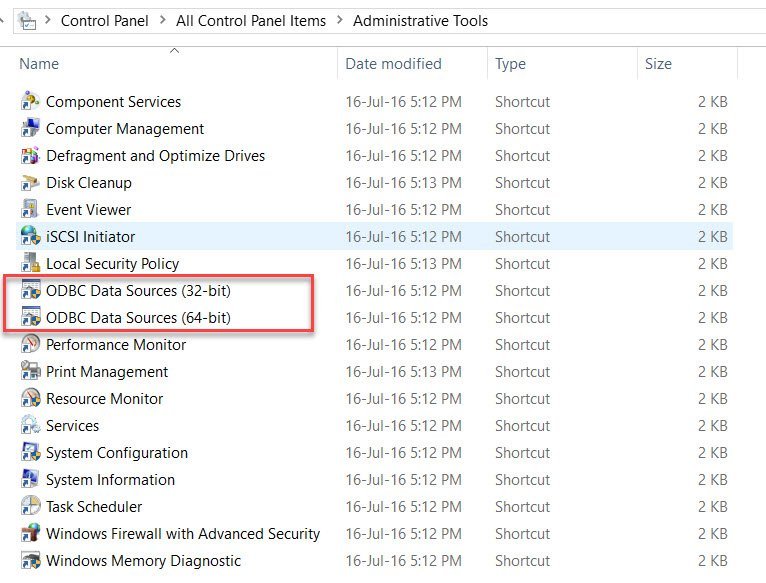When you want to be successful, you need to run alone and fast. But if you want to run longer, you want to run together. I have personally seen multiple instances where this statement holds true to every word. When working with customers and in various consulting engagements, I have seen it is not enough to just solve the problem. It is important to enable the team working on the project and make them aware of the reasons why it did happen in the first place. I always felt the art of working together will take us a long way. Even in performance engagements, I try to get the team involved as I go through the process of solving their problems. Let us learn in this blog post DBCC Command Enhancement with MAXDOP.
SQL SERVER – Back to Basics – What is Azure?
Recently I was at a community session talking to a bunch of computer science students about databases and the type of work I have been doing lately in consulting. I wanted to talk about Performance tuning and why it is critical to understand the basics. Some of the fundamental concepts I have learnt in my college days are still helping me solve some of the complex problems I do at consulting. With that in mind, I started my talk about some of the recent assignments and how I have been troubleshooting performance for both SQL Server on a VM and even SQL Server as a service on Azure. It was about 10 mins into the talk that I realized something was totally wrong, I could see blank faces just like when a professor teaches a complex topic. I have been there and could see the reaction. I said I need a glass of water and paused. I asked one of the students to what was going on – He said, “You mentioned the word ‘Azure’ close to 4-5 times now in the past 3 minutes. Can you tell us what Azure is? Is this a new Database in the industry?”
How to Find Size of All the Indexes on the Database – Interview Question of the Week #097
Question: How to Find Size of All the Indexes on the Database?
SQL SERVER – How to Get List of SQL Server Instances Installed on a Machine?
There are multiple ways by which we can find a list of SQL Server instances name instances on a machine. In this blog, I would show a few ways to do it.
Understanding Database Scalability – Horizontal and Vertical Scalability Better Together
When I wrote the blog around Understanding Database Scalability – Vertical and Horizontal, I saw few have conversations with me on if it is this or that. And these discussions could take a course all by itself. There is no one size fits all when it comes to scalability. We need to understand the fine prints and details of how the application needs are, what are the restrictions, user requirements and much more.




